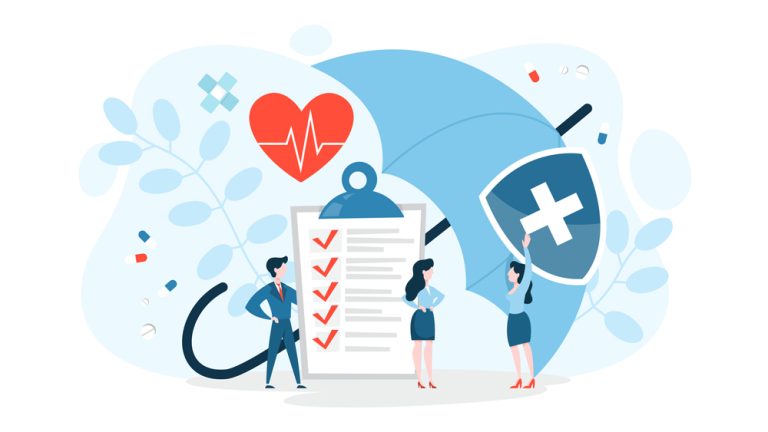Navigating the complex world of health insurance can be daunting, especially for everyday Americans who find themselves in need of affordable options. Whether you’re a student, self-employed, between jobs, or simply trying to make ends meet, finding a health insurance plan that fits your budget and meets your needs is crucial. Fortunately, there are several resources available to help you on this journey. This blog post will guide you through some of the most effective ways to find affordable health insurance.
Understanding Your Needs
Before diving into the various resources, it’s essential to understand your specific needs. Ask yourself the following questions:
- What is my monthly budget for health insurance?
- Do I need coverage for just myself, or do I need a family plan?
- What types of medical services do I use most often?
- Do I have any pre-existing conditions that require regular treatment?
- Am I eligible for any state or federal assistance programs?
Government Programs and Marketplaces
1. HealthCare.gov
The Affordable Care Act (ACA) established HealthCare.gov, a marketplace where you can compare and purchase health insurance plans. Depending on your income and household size, you may qualify for subsidies that can significantly reduce your premiums. The website also provides a wealth of information on different plans and coverage options.
2. Medicaid and CHIP
Medicaid is a state and federal program that provides health coverage if you have a very low income. The Children’s Health Insurance Program (CHIP) offers coverage to children in families with incomes too high to qualify for Medicaid but too low to afford private insurance. Eligibility varies by state, so it’s worth checking your state’s specific requirements and application process.
3. Medicare
If you’re 65 or older, or if you have certain disabilities, you may qualify for Medicare. While Medicare is generally not free, it offers more affordable options compared to private insurance, especially for those on a fixed income.
Employer-Sponsored Insurance
If you’re employed, check if your employer offers health insurance. Many employers provide group health insurance plans that are often more affordable than individual plans. Even if your employer doesn’t cover the entire premium, the group rates can still make a significant difference.
Short-Term Health Insurance
Short-term health insurance plans can be a temporary solution if you’re between jobs or waiting for another type of coverage to begin. These plans usually offer lower premiums but come with higher out-of-pocket costs and limited coverage. They are not a long-term solution but can be useful in a pinch.
Professional Associations and Unions
If you belong to a professional association or union, you might have access to group health insurance plans through these organizations. These plans can offer significant savings compared to individual health insurance.
Online Comparison Tools
Several websites offer tools to compare different health insurance plans. These tools can help you find the most affordable options based on your specific needs and location. Popular comparison sites include:
- eHealthInsurance
- HealthSherpa
- Policygenius
These platforms allow you to filter plans by price, coverage, and other criteria, making it easier to find a plan that suits your needs.
Community Health Centers
Community Health Centers (CHCs) provide primary care services to underserved populations. They offer sliding fee scales based on your ability to pay, which can make healthcare more affordable. While CHCs don’t provide insurance, they can be a valuable resource for low-cost medical care and can often direct you to local insurance resources.
State-Specific Programs
Many states offer their own health insurance programs to assist residents. These programs can provide lower-cost options for health coverage and may offer additional benefits not available through federal programs. Check your state’s health department website for more information.
Health Savings Accounts (HSAs)
If you opt for a high-deductible health plan, you may be eligible for a Health Savings Account (HSA). HSAs allow you to set aside pre-tax money to pay for qualified medical expenses. This can reduce your taxable income and help you save money on healthcare costs over time.
Tips for Reducing Healthcare Costs
Even with health insurance, medical expenses can add up quickly. Here are some tips to help you manage and reduce your healthcare costs:
- Use In-Network Providers: Always try to use doctors and hospitals that are in your insurance network to avoid higher out-of-pocket costs.
- Utilize Preventive Services: Many insurance plans cover preventive services like vaccinations and screenings at no extra cost. Taking advantage of these services can prevent more serious (and expensive) health issues down the line.
- Generic Medications: Opt for generic medications instead of brand-name drugs whenever possible. They are just as effective but usually much cheaper.
- Negotiate Bills: Don’t be afraid to negotiate your medical bills. Many providers are willing to set up payment plans or even reduce the amount owed if you ask.
- Telehealth Services: Many insurance plans now cover telehealth visits, which can be more affordable and convenient than in-person appointments.
Finding affordable health insurance is a critical step in ensuring your well-being, but it doesn’t have to be overwhelming. By understanding your needs and utilizing the resources available, you can find a plan that provides the coverage you need at a price you can afford.
Remember, health insurance is not one-size-fits-all. Take the time to research your options, and don’t hesitate to seek help from professionals if you need it. The peace of mind that comes with having health coverage is well worth the effort.









